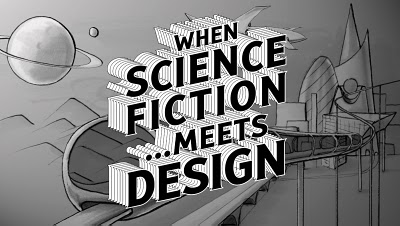The Vannevar Bush essay essentially discusses the notion of using computers to expand the knowledge and intelligence of humans. Whilst written in 1945, it is clear that in our present 2013 this notion is ever present and more than a simple vision. Computers are part of our everyday lives, delivering information to their users instantly.
Search engines, academic databases, online journals and online newspapers provide humans with knowledge about the past and present. However, that is not to say that using computers guarantees intelligence or knowledge about something useful. You might be able to easily and quickly find out the benefits of folic acid or the latest celebrity gossip BUT fail to learn information essential for your career path or assistance for learning how to answer difficult equations.
In other ways, while users have information at the tips of their fingertips, this is useless if they don’t understand the way to go about finding the information using appropriate search engines. There is also the problem of information overload.
Although in saying this- my first port of reference for most things would be the internet. Whether it be finding info for a uni assignment, my daily fix of celeb gossip, online shopping, style + beauty info or looking up my train schedule, safari has got my back!
The reading also argued that scientific and technological progress will continue to develop. From 1945 to the modern day this is all too true! It begs the question to speculate on what else will be developed and what our future world will look like as the internet has the power to continue to “expand the mind”.






